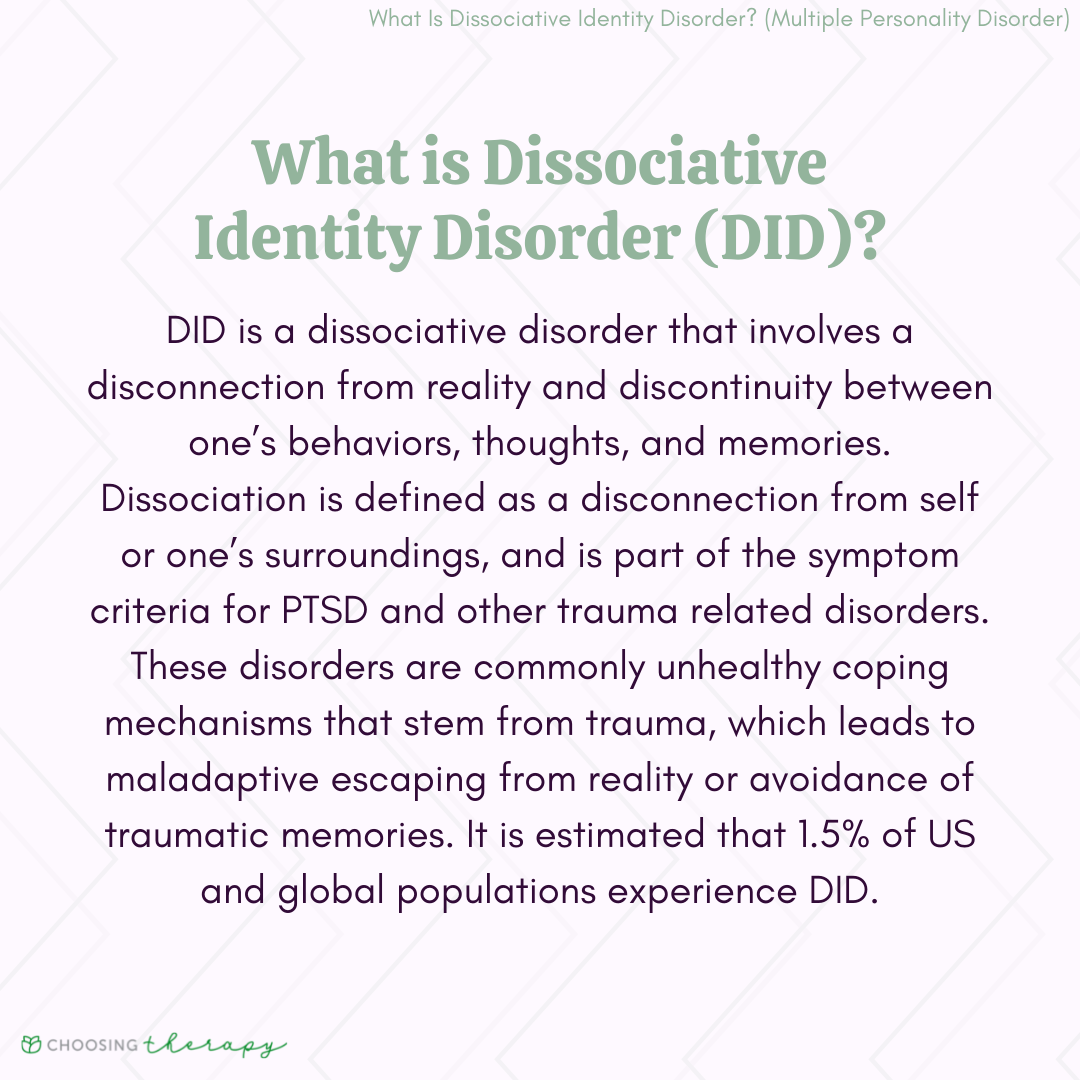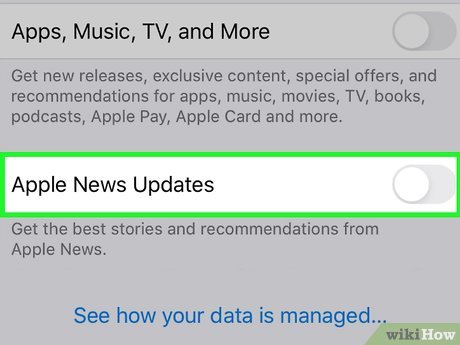How Technology is Reshaping and Fragmenting Audiences in Sports & Entertainment
Introduction: The Digital Revolution and Audience Fragmentation
The rise of digital technology has dramatically transformed how people access and engage with sports and entertainment. Once, audiences gathered around a single television broadcast or attended live events in person. Today, this landscape has fractured, with fans dispersed across streaming platforms, social media, apps, and on-demand services. This fragmentation presents both opportunities and challenges for organizations seeking to capture and retain audience attention in an increasingly competitive environment. Understanding how this fragmentation occurs-and how to adapt to it-is critical for any business or creator in sports and entertainment.
What is Audience Fragmentation?
Audience fragmentation refers to the phenomenon where viewers and fans are spread across a growing number of media channels, platforms, and content types. Unlike the past, when most attention was focused on a handful of TV channels or radio stations, today’s audience is divided among countless streaming services, social platforms, and digital apps. This means content creators and brands must work harder to reach their desired demographics, as no single platform commands universal attention anymore [5] .
The Role of Technology in Fragmentation
Technology has been the primary driver of audience fragmentation. Several key trends illustrate this shift:
1. Streaming Platforms and On-Demand Viewing
The explosion of streaming services like Netflix, Amazon Prime, ESPN+, and Paramount+ has allowed fans to watch sports and entertainment on their own terms. While this flexibility is a benefit for consumers, it also means that audiences are scattered across multiple subscriptions. For example, a sports fan may need to subscribe to cable TV plus five different streaming services and a mobile app just to follow their favorite teams or events [4] . This dispersal complicates both discoverability and affordability.
2. Social Media and Short-Form Content
Platforms like TikTok, Instagram, and X (formerly Twitter) have shifted user attention toward bite-sized, algorithmically curated content. More than 90% of Gen Z and millennial sports fans report using social media for highlights, commentary, and even live game clips rather than watching full broadcasts [1] . This trend makes it challenging for traditional broadcasters and rights holders to maintain large, unified audiences.
3. Multi-Device Consumption and Personalization
Consumers now access content on smartphones, tablets, smart TVs, and computers. Content feeds are increasingly personalized, showing users what they are most likely to engage with based on past behavior. This personalization further fragments the audience, as each individual’s media experience becomes unique [2] .
Real-World Examples of Fragmentation
Consider the National Football League (NFL) in the United States. To follow all games and highlights, a fan would need access to cable TV, several streaming platforms, and a league-specific app. Meanwhile, many fans consume only highlights or follow athletes and teams on social media, bypassing traditional broadcasts entirely [4] .
Major leagues like the NBA have responded by negotiating expansive media rights deals that intentionally spread content across multiple platforms, from traditional TV to streaming and digital. This approach aims to capture both dedicated, appointment-based viewers and a broader, casual fanbase who may only engage occasionally [3] .
Impacts of Fragmentation on Sports and Entertainment Commodities
The fragmentation of audiences has several direct consequences:
- Increased Consumer Costs: Fans often face higher costs as they juggle multiple subscriptions and services to access the content they want [1] .
- Discoverability Challenges: As content spreads across platforms, consumers may find it harder to locate specific games, shows, or live events, leading to frustration and missed opportunities [4] .
- Complex Measurement and ROI: With audiences scattered across platforms, measuring true engagement and return on investment becomes more difficult for brands and marketers. Cross-platform analytics tools, like Nielsen ONE, are now essential for unified measurement [5] .
- Revenue Shifts for Rights Holders: Traditional media rights deals are being replaced by more fragmented, platform-specific agreements. While this can open new revenue streams, it may also reduce large, guaranteed payments from legacy broadcasters [2] .
Actionable Strategies for Navigating Fragmentation
For leagues, teams, brands, and content creators, audience fragmentation can be addressed through several approaches:
1. Diversifying Content Distribution
Distribute content across a mix of traditional and digital platforms to ensure maximum reach. Consider partnerships with streaming services, social media influencers, and platforms that cater to both live and short-form demand. For example, the Eurovision Sport initiative aims to bundle rights from multiple networks into one login, simplifying access [1] . While not every organization can replicate this, you can:
- Assess which platforms your target audiences frequent most.
- Consider multi-platform release schedules for major events.
- Negotiate cross-promotion opportunities with other rights holders or media brands.
2. Leveraging Data and Analytics
Use cross-platform measurement tools to understand where and how audiences are engaging. Solutions like Nielsen ONE can help deduplicate and unify viewership data, giving a holistic picture of audience behavior. You can:
- Implement analytics platforms that aggregate data from all major distribution channels.
- Adjust marketing and content strategies based on real-time insights about viewer preferences and engagement patterns.
3. Creating Flexible, Personalized Experiences
Allow fans to curate their own experience by offering a mix of live events, highlights, behind-the-scenes features, and interactive content. Consider:
- Developing apps or platforms that aggregate content and offer personalized recommendations.
- Providing options for both a la carte and bundled access to games, events, or series.
4. Engaging New Generations on Their Terms
Recognize that younger audiences may prefer short-form clips and social media engagement. Collaborate with creators and influencers who already have credibility within these communities. Explore:
- Partnering with popular platforms and personalities for co-branded content.
- Experimenting with new formats, such as live social broadcasts or interactive watch parties.
Challenges and Solutions
While fragmentation offers greater choice, it also brings complexity in content management, rights negotiation, and measurement. Some fans express frustration at the need for multiple subscriptions and the difficulty of finding specific content. Solutions include:
- Developing content aggregation tools and guides (such as ESPN’s “Where to Watch” feature) that make discoverability easier [1] .
- Offering tiered or flexible subscription models that lower the barrier to entry for casual fans.
- Investing in unified analytics and measurement to demonstrate the true value of cross-platform audiences to advertisers and sponsors [5] .
Accessing and Benefiting from Fragmented Opportunities
If you are a content creator, brand, or organization seeking to thrive in this fragmented environment, consider these steps:

Source: coursehero.com
- Research your audience’s preferred platforms by analyzing engagement data from your website, social channels, and third-party analytics.
- Develop a content calendar that includes both live and on-demand elements, distributed across multiple channels.
- Invest in analytics tools capable of cross-platform measurement. Solutions from Nielsen and other established measurement providers may be available-visit the official websites of these companies to learn more about their latest offerings.
- Collaborate with influencers and creators who have established credibility on emerging platforms. Identify partnership opportunities through influencer marketing agencies or by direct outreach.
- Stay updated on platform policy changes, new streaming services, and audience trends by subscribing to reputable industry newsletters or following thought leaders in digital sports and entertainment media.
Alternative Approaches and Future Trends
Some organizations are exploring bundled services or super apps that bring together multiple rights and platforms under a single subscription. Others focus on niche audiences, offering premium or exclusive content to die-hard fans. Both approaches can be effective, depending on your brand’s goals and resources.

Source: coursehero.com
As technology continues to evolve, expect new opportunities-and new complexities-in reaching and engaging fragmented audiences. Staying flexible, data-driven, and audience-focused will be the key to success.
References
- [1] Deloitte (2025). 2025 sports industry outlook: Emerging technologies and audience fragmentation.
- [2] PwC (2024). How the rise of digital platforms is changing sports streaming.
- [3] PwC (2025). How some sports leagues score big despite media fragmentation.
- [4] WARC (2024). A new era of sports media: Fragmentation and opportunity.
- [5] Nielsen (2025). What is media fragmentation and how to reach today’s audiences?
MORE FROM oncecoupon.com













